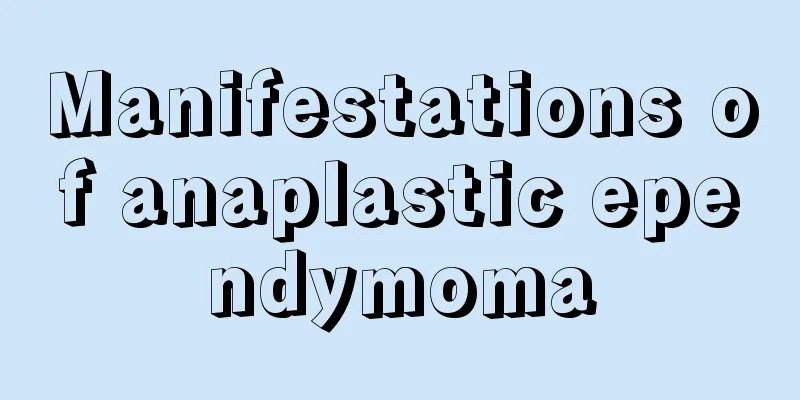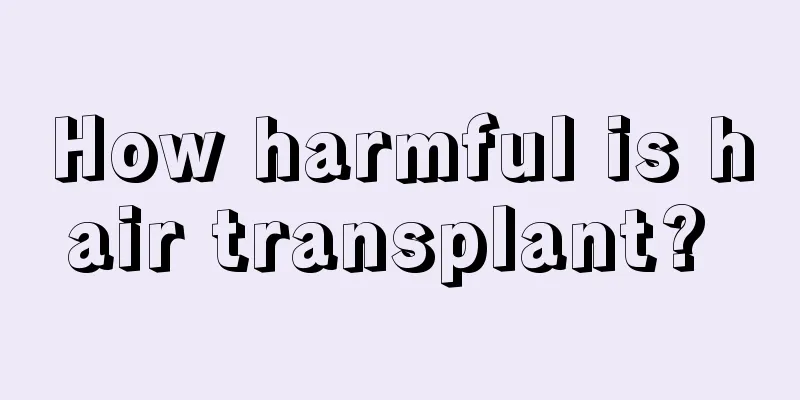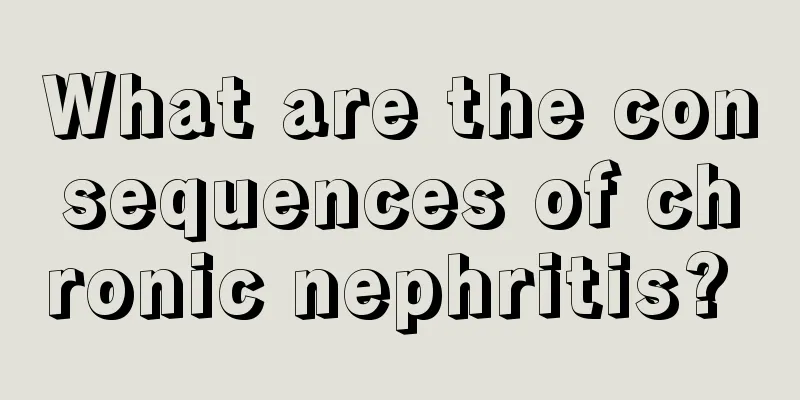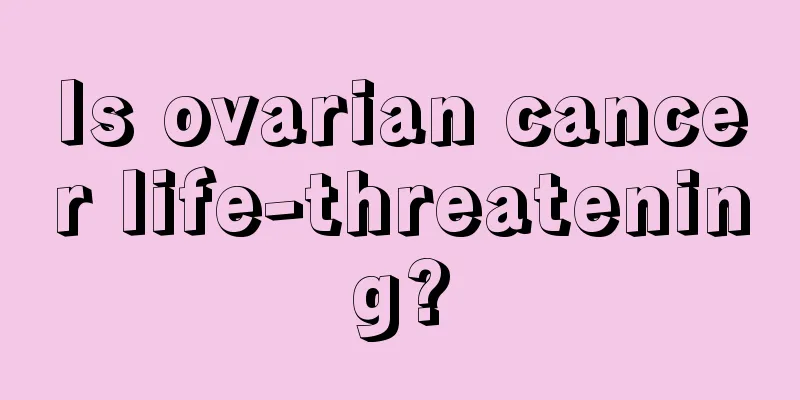Manifestations of anaplastic ependymoma

|
Ependymoma is a very common disease in daily life. It is mainly divided into two types: infratentorial ependymoma and anaplastic ependymoma. The latter has a shorter course of disease, with headache, memory loss, nausea and vomiting as the main symptoms. Its treatment is mainly surgery, and the success rate of this surgery is very high. Friends in need can learn more about the relevant knowledge to gain a comprehensive understanding. 1. Symptoms of ependymoma 1. Manifestations of different types of tumors The course of disease for patients with infratentorial ependymoma is relatively long, with an average of 10 to 14 months. The main manifestations of infratentorial ependymoma are paroxysmal nausea, vomiting and headache, and may later develop unsteady walking, dizziness and speech disorders. The main physical signs are cerebellar ataxia, optic disc edema, cranial nerve disorders and abnormal tendon reflexes. The most common symptom of fourth ventricle ependymoma is abnormal gait. Supratentorial ependymoma is mainly characterized by symptoms of intracranial hypertension such as headache, vomiting, drowsiness, anorexia and diplopia, and may also have epileptic seizures. Ependymomas located at the cerebellopontine angle may have tinnitus, deafness and posterior cranial nerve symptoms. Children under 2 years of age have special symptoms, mainly irritability, drowsiness, loss of appetite, enlarged head circumference, full anterior fontanelle, stiff neck, developmental delay and lack of weight gain. Anaplastic ependymoma has a relatively rapid tumor growth, a short course of disease, and obvious symptoms of intracranial hypertension. About 40% of patients with subependymal ependymoma experience symptoms. Tumors located in the septum pellucidum, foramen of Monro, aqueduct, fourth ventricle, and spinal cord often cause symptoms. Patients mainly experience headaches, blurred vision, unsteady walking, memory loss, cranial nerve symptoms, nystagmus, dizziness, nausea, vomiting, etc. 2. Manifestations of tumors in different locations Due to the different locations of the tumor, the clinical symptoms of ependymoma patients vary greatly. Nausea, vomiting and headache are relatively non-specific and are the most common clinical symptoms for both supratentorial and infratentorial locations. Generally speaking, posterior fossa tumors present with symptoms of increased intracranial pressure (vomiting and headache) and are also accompanied by unstable gait; supratentorial tumors often present with local motor dysfunction, visual impairment and epilepsy. The occurrence of epilepsy symptoms accounts for 25% of children with supratentorial ependymoma. Neck pain and stiffness are also common symptoms of posterior fossa ependymoma, which may be related to the tumor invading the cervical nerve roots. The most common sign in children with ependymoma at any location is optic disc edema. Other signs vary according to the location of the tumor. Nystagmus, meningeal signs, and dysmetria are most common in posterior fossa lesions, while hemiparesis, hyperreflexia, and visual field abnormalities are the most common signs of supratentorial tumors. Ataxia can be seen in both supratentorial and infratentorial lesions. 2. Treatment recommendations Surgical complete resection of the tumor is the preferred treatment option for ependymoma. Before surgery for intraventricular ependymoma, extraventricular drainage can be placed to reduce intracranial pressure. Currently, the surgical mortality rate of supratentorial ependymomas has dropped to 0% to 2%, while the surgical mortality rate of infratentorial tumors is 0% to 13%. For patients who cannot undergo complete tumor resection, postoperative radiotherapy should be performed. Surgery is still the main treatment for anaplastic ependymoma, and postoperative radiotherapy is necessary. Radiotherapy should be started early and the dose should be large, 55 to 60 Gy. In addition, preventive craniospinal radiotherapy is required. Chemotherapy is one of the means of adjuvant therapy, which controls tumor growth in the short term. Surgery is the mainstay of radical treatment for subependymal ependymoma. With the application of microneurosurgical techniques, the surgical mortality rate is almost zero. Because subependymal ependymomas grow in an expansive manner and have clear boundaries, most cases can achieve complete tumor resection. For patients whose tumors are deep and difficult to completely remove, subtotal resection can also achieve good therapeutic effects. Radiation therapy is not routinely used. However, radiotherapy is recommended for patients whose tumor cell nuclei show pleomorphic changes or who have mixed ependymoma-subependymoma. |
<<: Fire needle treatment of hemangioma
>>: Characteristics of large-grain white sugar
Recommend
How to overcome jealousy, detailed explanation by psychologists
Jealousy is a common psychological attitude. If j...
Peutz-Jeghers disease
I don’t know if you have heard of the disease cal...
What are the differences between cataracts and vitreous opacities?
Cataracts and vitreous opacities are both common ...
What is the appropriate SPF?
In life, many women are afraid of sunburn. Not on...
There are so many hazards of ozone vegetable washing machines
The ozone vegetable washing machine is a recently...
Can pepper and salt water cure hemorrhoids?
Hemorrhoids are caused by people not paying atten...
There is a strong smell of feces at the root of the tongue
The root of the tongue is the root of the tongue....
What symptoms does poor sleep cause?
Sleeping is also one of the important things in l...
The efficacy and function of black fish skin
Although not many people around us like to eat bl...
Do patients with endometrial cancer need reexamination after treatment?
Do patients with endometrial cancer need follow-u...
What are the symptoms of wrist cysts?
If a cyst appears on the wrist, some symptoms wil...
What harm does liver cancer bring? 3 examination methods to diagnose liver cancer
What are the hazards of liver cancer? Liver cance...
What are the dietary adjustments for patients with bone cancer
After suffering from bone cancer, you should not ...
How much do you know about the treatment of laryngeal cancer
After suffering from laryngeal cancer, the larynx...
What are the requirements for shaving the baby's hair
In some areas, people shave the baby's hair t...









